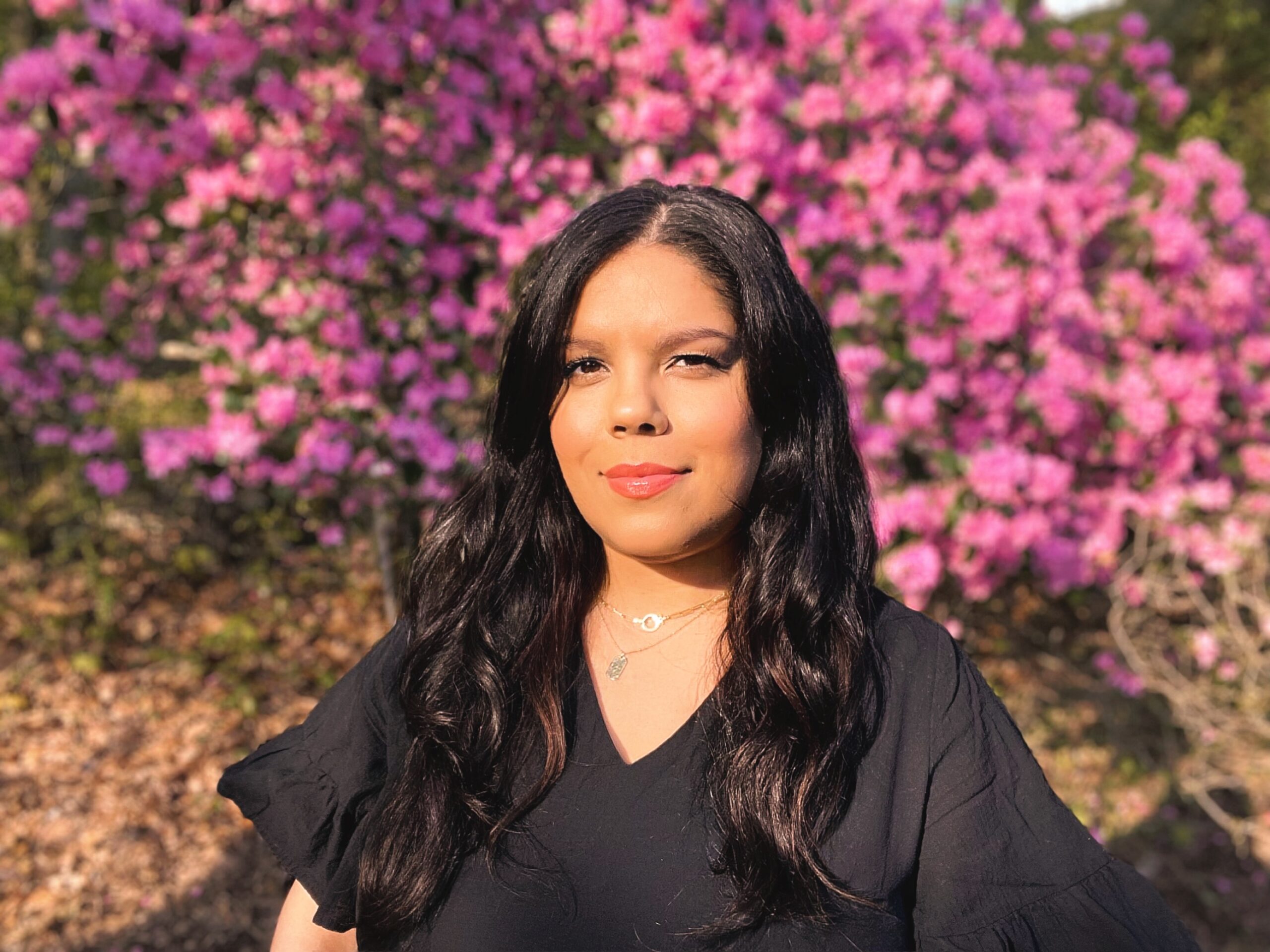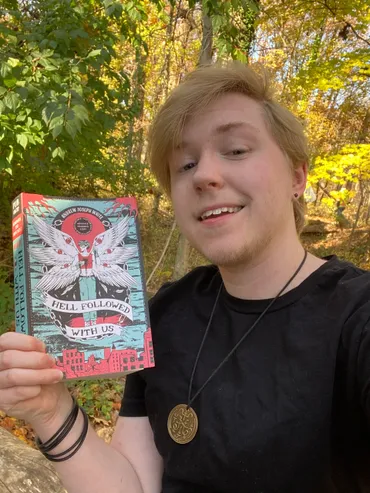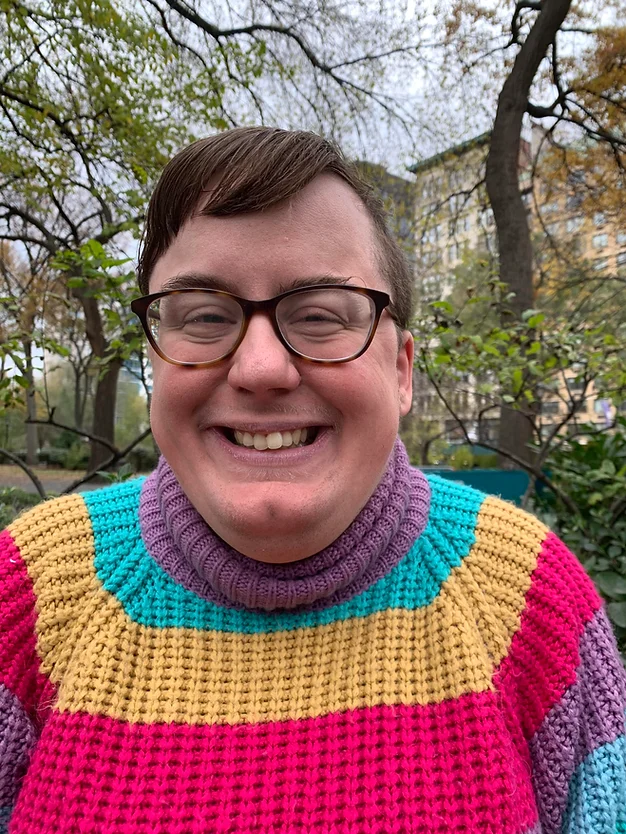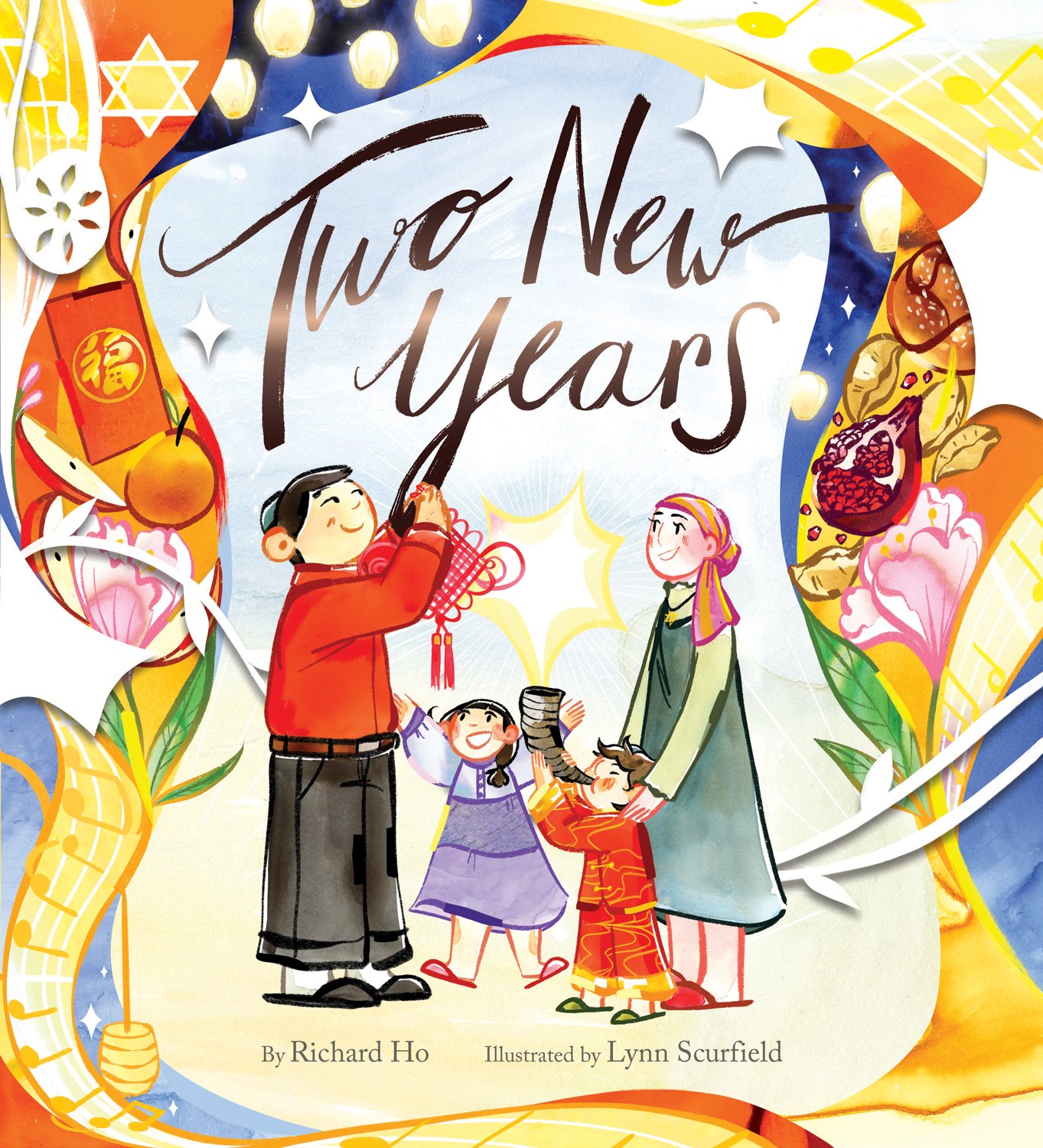
by Michele Kirichanskaya | Sep 29, 2023 | Blog
New York Times Bestselling and award-winning author, Claribel A. Ortega is a former reporter who writes middle-grade and young adult fantasy inspired by her Dominican heritage. When she’s not busy turning her obsession with eighties pop culture, magic, and video...

by Michele Kirichanskaya | Sep 27, 2023 | Blog
Andrew Joseph White is a queer, trans author from Virginia, where he grew up falling in love with monsters and wishing he could be one too. He received his MFA in Creative Writing from George Mason University in 2022. Andrew writes about trans folks with claws and...

by Michele Kirichanskaya | Sep 22, 2023 | Blog
Melissa See is a disabled author of young adult contemporary romances. When not writing, she can be found reading, baking, or curled up with her cat, most likely watching anime or 90 Day Fiancé. She currently lives in the New York countryside. You, Me, and Our...

by Rebelle Summers | Sep 21, 2023 | Blog
In a world where corporate entities maintain a tight grip on the institutionalization of creativity and where representation mattering is still more of a conversation than a mainstream practice, a glimmer of hope emerges in a new queer press, Bona Books. The...

by Michele Kirichanskaya | Sep 18, 2023 | Blog
Richard Ho is Chinese, Jewish, and an author . . . in any order you wish! His previous books include The Lost Package, illustrated by Jessica Lanan, and Year of the Cat, illustrated by Jocelyn Li Langrand. He loves to craft stories about diverse cultures and the...






